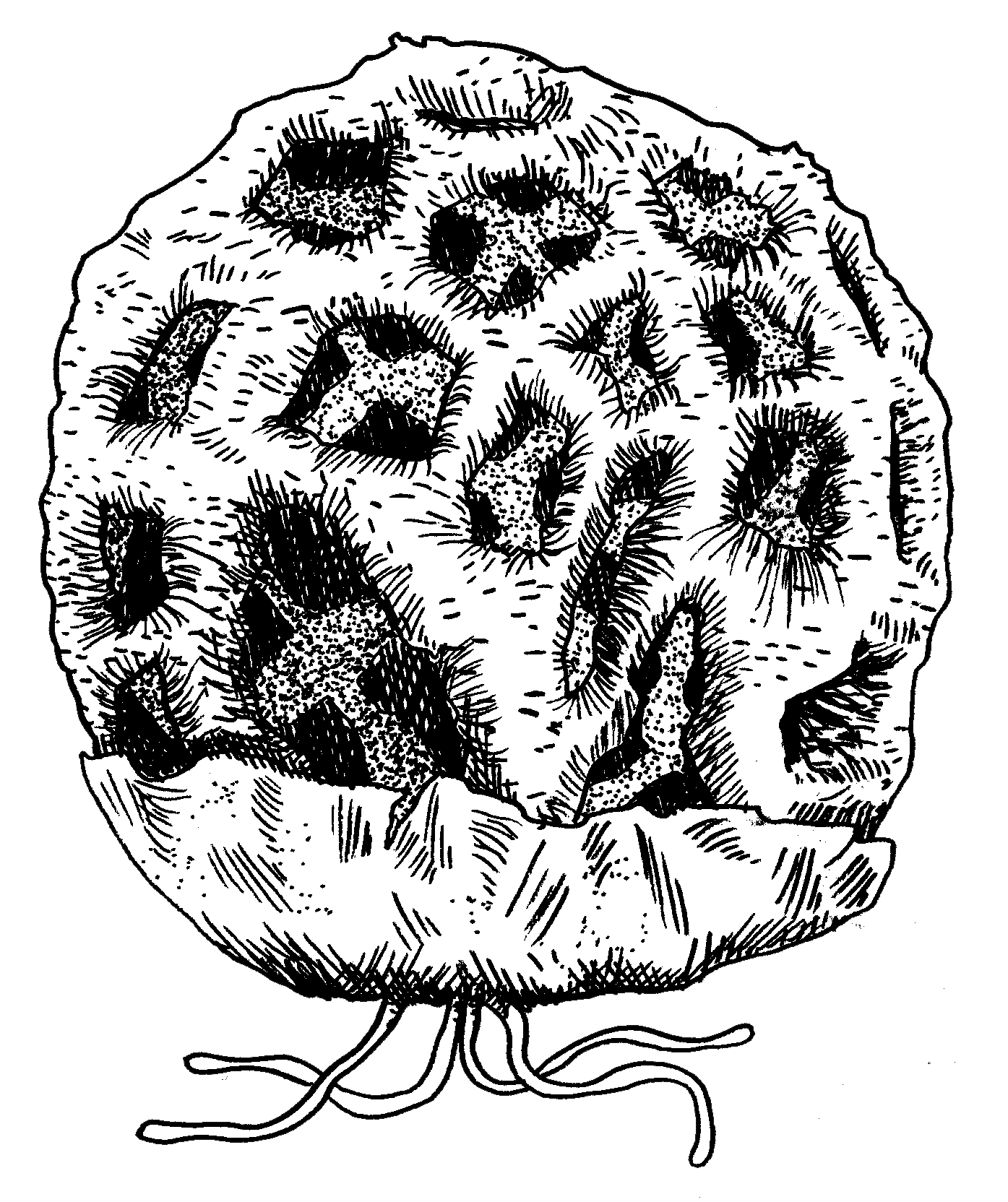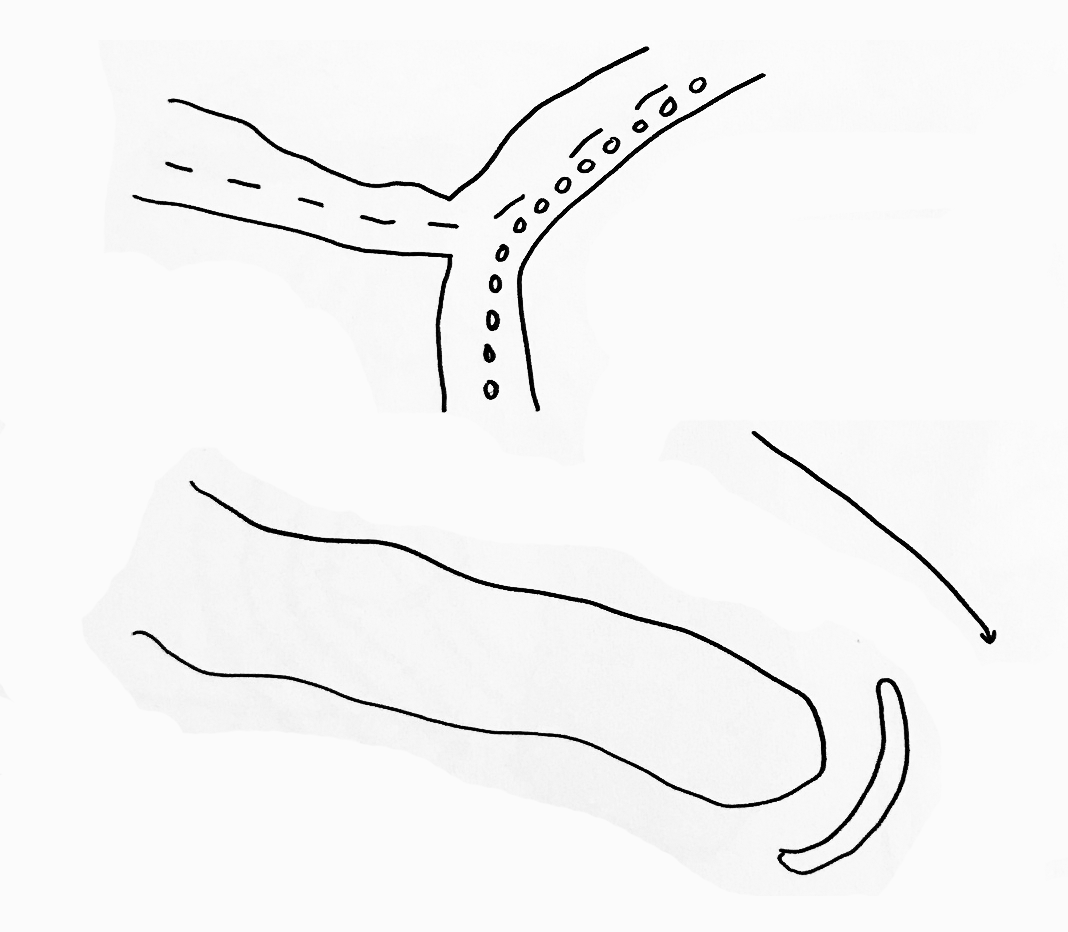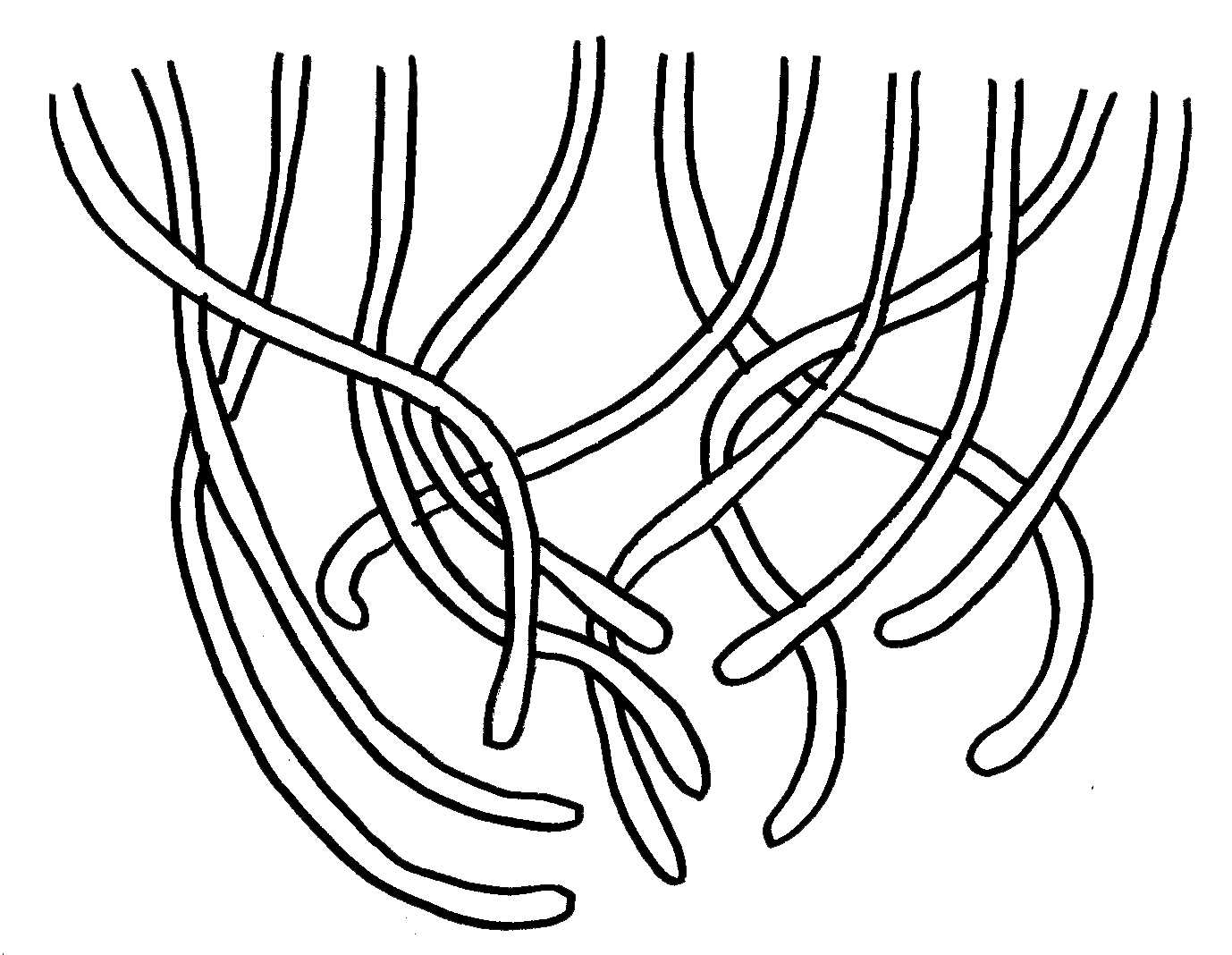FUNGI ARCHIVE
This is a growing research platform about the big potencial which lies in fungi, mushroom or mycelium related topics.
human & animal benefits
medicinal use
nutrition
mycopesticides
mycelium insect relation
we are the oldest and youngest,
the largest and the smallest.
we brought life to earth. most of us
you can’t see, but we flourish
all around you, even inside of you –
weather you belief in us or not.
introduction to the movie fantastic fungi
what fungus? what mushroom?
![]()
The miraculous web of fungi and mycelium out of connections, interactions and communication pathways canges the way we look at life, the planet and ourselves. The wide field of fungi is offering many opportunities to interconnect and solve planetary and individual problems.
The wisdom of more than two billion years of fungal evolution fuels our medicinal developments, interior design, insulation material, our way of healing industrial polluted ecosystems, architecture, art, sound installations, packaging, fashion design, the understanding of the self, solving train connection network plans and much more.
The evolving interest in the field is linked in a combination of up-to-date scientific knowledge, grassroots movement interconnected with indigenous wisdom. The ones who got infected with the topic are drawn into it and will never be apart. This is called mycophilia : characterised by the enthusiasm for mushroom topics.

Before jumping into the diverse fields of mycelium we want to look at what are we talking about:
What is a fungus, mushroom, mycelium, hyphae, spores and lichen?
fungus
A fungus is any member of the group of eukaryotic organisms that includes microorganisms. These organisms are classified as a kingdom, which is separate from the other eukaryotic life kingdoms of plants and animals (including humans).



mushroom
A mushroom is the friuting body of a fungus compareable to what the apple is for a tree. The mushrooms carry the spores which are the reproductive particles of a fungus.myceliumMycelium is the vegetative compond of a fungus. It consists of a mass of branching and thread like nets of hyphae. Fine turbular structures that branch, fuse and tangle.



hyphae
The hyphae network is organised in information pathways as anarchic filigree which is process alike through their exploratory, irregular tendency. Waves of electrical activity are conducted along the hyphae. Therefore they are not only tubular structures which carry nutrients, but they also function as information pathways.
lichenLichens are a compound of different enteties: A lichen is not a singular organism but a symbiotic relationship between a fungus and an algae and or photosynthesizing cyanobacteria.
“Schwendener (Swiss Botanist, 1869) proposed that the lichen fungus(known today as the mycobiont) offered physical protection and acquired nutrients for itself and for the algal cells. The algal partner(known today as photobiont, a role sometimes played by photosynthetic bacteria) harvested light and carbon dioxide to make sugars that provided energy”, from the book Entangled Lifeby Merlin Sheldrake

spores
Spores are the matter with which the fungus reproduces. With an estimated weight of 50 megatons per year spores are the largest source of particles in the air. With every breath you inhale 5 to 10 spores. The majority of fungus releases spores without producing mushrooms. Sporing is the quickest movement achieved by any living organism. Through it’s own mycroclimate spores are carried upwards by a current wind generated by mushrooms.
mycelium growth![]()
 Morel mycelium (Morchella esculenta). Taken with a Zeiss Standard microscope by J.Adams1, Link to CC licence
Morel mycelium (Morchella esculenta). Taken with a Zeiss Standard microscope by J.Adams1, Link to CC licencewhy are mushrooms beneficial for the planet and living organisms on earth?
Wikipedia says: Mycoremidiation is a form of bioremediation in which fungi-based technology is used to decontaminate the environment. Fungi have been proven to be a very cheap, effective and environmentally sound way for helping to remove a wide array of toxins from damaged environments or wastewater. The toxins include heavy metals, persistent organic pollutants, textile dyes, leather tanning industry chemicals and wastewater, petroleum fuels, polycyclic aromatic hydrocarbons, pharmaceuticals and personal care products, pesticides and herbicides, in land, fresh water and marine environments. The byproducts of the remediation can be valuable materials themselves, such as enzymes (like laccase), edible or medicinal mushrooms, making the remediation process even more profitable.
These endlessly surprising organisms have no brain but can solve problems and manipulate animal behaviour with devastating precision. In giving us bread, alcohol and life-saving medicines, fungi have shaped human history, and their psychedelic properties have recently been shown to alleviate a number of mental illnesses. Their ability to digest plastic, explosives, pesticides and crude oil is being harnessed in break-through technologies, and the discovery that they connect plants in underground networks, the “Wood Wide Web”, is transforming the way we understand ecosystems. Yet over ninety percent of their species remain undocumented.
what is the history of mycelium, mushrooms and spores?
Maybe lichens travelled through space and managed to jump into the ocean on the planet when there only was water and rock. Mycelium was already active on the seabed digesting organic material when on land was only rock. Somehow the mycelium with it’s exploratory tendency was starting to get on land. After some battle with bacteria mycelium group up with the plant cells of algae and together they were eating the rock’s minerals and growing a larger organism.
Fungi then got a massive fuel when it was needed to clear the natural catastrophy site after the dinasors died out and massive heaps of plant material was covering the land. Since then it was fueling an explosion of variety of living species. The variety of fungi also exploded and is nowadays six times more than plant species.
Neither plant nor animal, they are found throughout the earth, the air and our bodies. They can be microscopic, yet also account for the largest organisms ever recorded. They enabled the first life on land, can survive unprotected in space and thrive amidst nuclear radiation. In fact, nearly all life relies in some way on fungi.

